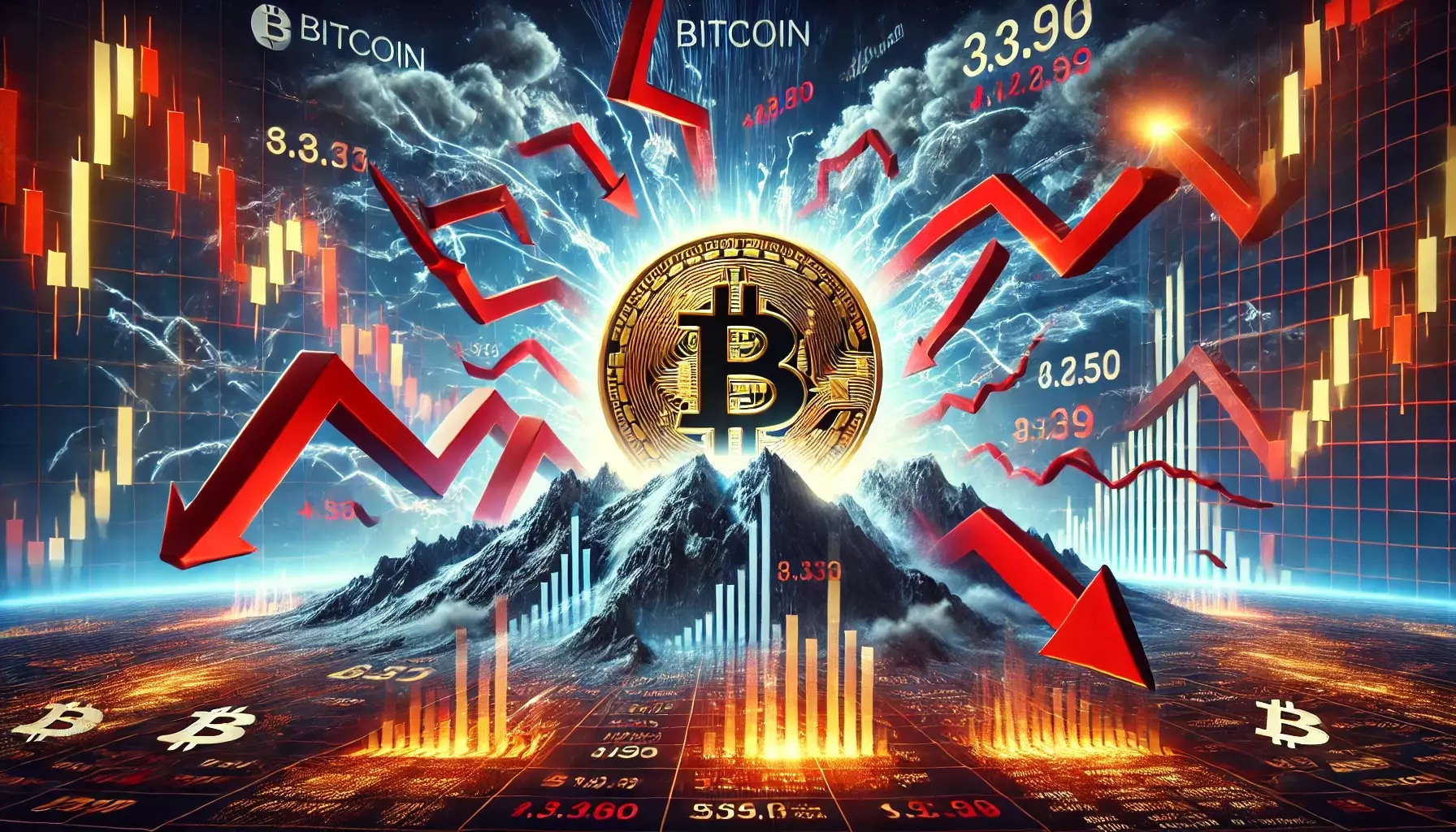Bitcoin has long been regarded as the litmus test for the cryptocurrency market, often influencing trading patterns and investor behavior across various platforms. Recently, however, a wave of bearish sentiment has emerged among prominent traders, particularly on Binance, one of the largest cryptocurrency exchanges in the world. Crypto analyst Ali Martinez highlighted that 51.41% of top traders on Binance are shorting Bitcoin, a striking indicator of their expectations for a potential price decline. Despite a recent rally that saw Bitcoin reclaim some ground, the sentiment predominantly leans toward pessimism, indicating that the upward movement may merely represent a relief bounce rather than a sustained resurgence.
Martinez’s analysis reveals an unsettling trend: Bitcoin started the week with a correction, falling to approximately $58,000. This was not just a minor fluctuation; it underscored a broader downtrend that has continued since Bitcoin breached the critical threshold of $66,750 back in June. By examining the Bitcoin Market Value to Realized Value (MVRV) momentum, he illustrates a persistent bearish trajectory, suggesting this isn’t just a phase but a longer-term trend that could hinder any significant price recovery.
For traders and investors, understanding vital price levels can significantly influence decision-making. Martinez identified the $58,100 price level as a crucial benchmark. Should Bitcoin drop below this mark, he predicts a potential descent towards the $55,000 region. Conversely, if Bitcoin manages to hold steady at this level, there lies a possibility for it to rebound toward mid or upper levels of $60,200 or $62,000. The establishment of a parallel channel has further implications for these predictions, indicating a volatile environment where price fluctuations are expected.
Another significant voice in the crypto analysis space is Jelle, who stresses the importance of reclaiming the $65,000 price point for Bitcoin to signal a potential bullish reversal. However, this recovery remains uncertain as external economic factors loom on the horizon. The ongoing discussions surrounding imminent interest rate cuts and the upcoming US presidential elections add layers of complexity to the cryptocurrency landscape, creating an atmosphere fraught with speculation and caution.
Adding to the cautionary sentiment is the historical context of Bitcoin’s performance in September. Traditionally, this month has been fraught with turbulence for the leading cryptocurrency, often exhibiting bearish trends. Analysts suggest that many investors may opt to remain sidelined until October—a month that could offer renewed opportunities for investment and trading. This cyclical behavior reflects an awareness of the market’s past while navigating current uncertainties.
Notably, economist Peter Schiff voiced severe concerns regarding Bitcoin’s potential for decline, suggesting it could plummet to the vicinity of $15,000. His analysis includes the pessimistic scenario of a triple top formation in Bitcoin’s price chart, indicating a significant risk of a bearish reversal. He goes as far as to assert that even the support levels around $42,000 may not hold firm, reinforcing the bearish sentiment that permeates the market.
The convergence of viewpoints from various analysts presents a complex picture of Bitcoin’s future. While some envision a possibility for a bullish turnaround, a prevailing sense of unease underscores the necessity for cautious trading strategies. Factors such as market momentum, macroeconomic indicators, and historical trends will continue to play critical roles in shaping Bitcoin’s trajectory.
Ultimately, the current sentiment among traders and analysts paints a cautious picture for Bitcoin’s future. As the cryptocurrency grapples with both internal dynamics and broader economic pressures, it becomes imperative for investors to carefully analyze trends and remain attuned to market signals. The volatile nature of cryptocurrencies, intertwined with external variables such as interest rates and political landscapes, underscores the need for strategic foresight. Those keen to participate in the market must navigate these complexities, balancing optimism with the reality of a potentially bearish environment.

